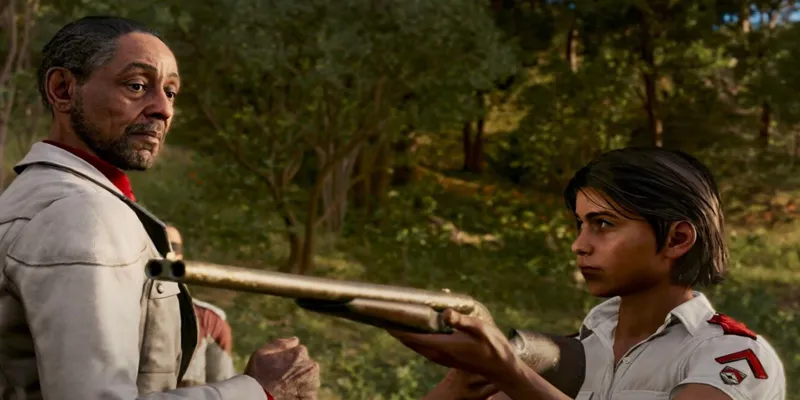Crafting a compelling antagonist in a video game involves more than just backstory; it's about creating a character with a captivating presence. The Far Cry series has excelled at this, with its villains exuding a deadly charisma. However, the latest installment, Far Cry 6, fell short in replicating the success of its predecessors, signaling a need for a narrative shake-up in Far Cry 7.
Traditionally, Far Cry games have centered around a singular, dominant villain, despite attempts to introduce additional antagonists. While this formula has been effective in the past, recent releases have shown signs of fatigue. It might be time for Ubisoft to explore new storytelling avenues in Far Cry 7.
A Fresh Narrative Direction for Far Cry 7
The hallmark of a great Far Cry villain is their ability to shape the game's narrative through their charisma. While Ubisoft has succeeded in this aspect, the strain of carrying the story solely on the antagonist's shoulders is becoming evident.
Overcoming Storytelling Challenges
Following the divisive reception of Far Cry 6 and its focus on Anton Castillo over other potential antagonists, it's clear that the franchise needs to evolve. Moving away from the 'one villain to rule them all' approach and embracing a more collaborative dynamic akin to Far Cry 5 could be the key to revitalizing future Far Cry titles. The issues in Far Cry 6's narrative stem from the lack of depth in Castillo's character, failing to resonate with players as previous villains have.
While Castillo's limited presence in the game can be justified, the impact of a villain should be felt throughout the story, even in their absence. Previous antagonists like Pagan Min in Far Cry 4 managed to leave a lasting impression through their intricate backstories and the loyalty of their followers. In contrast, Castillo's character feels underdeveloped, robbing Far Cry 6 of the compelling villainy seen in earlier iterations.
Embracing Villainous Diversity in Far Cry 7
To address the shortcomings of relying on a single antagonist archetype, Far Cry 7 should pivot towards a more diverse cast of villains. The franchise can learn from past missteps, such as the lukewarm reception to the twins in Far Cry New Dawn, by giving equal weight to multiple antagonists with interconnected motivations.
By fleshing out the backgrounds and motivations of each villain and emphasizing their interactions with the player, Ubisoft can inject new life into the narrative. Moving away from a solitary leader to a group dynamic can offer a fresh take on villainy in Far Cry 7, providing both depth and variety to the storytelling experience.

